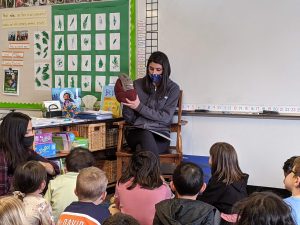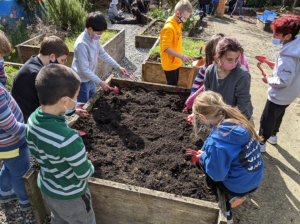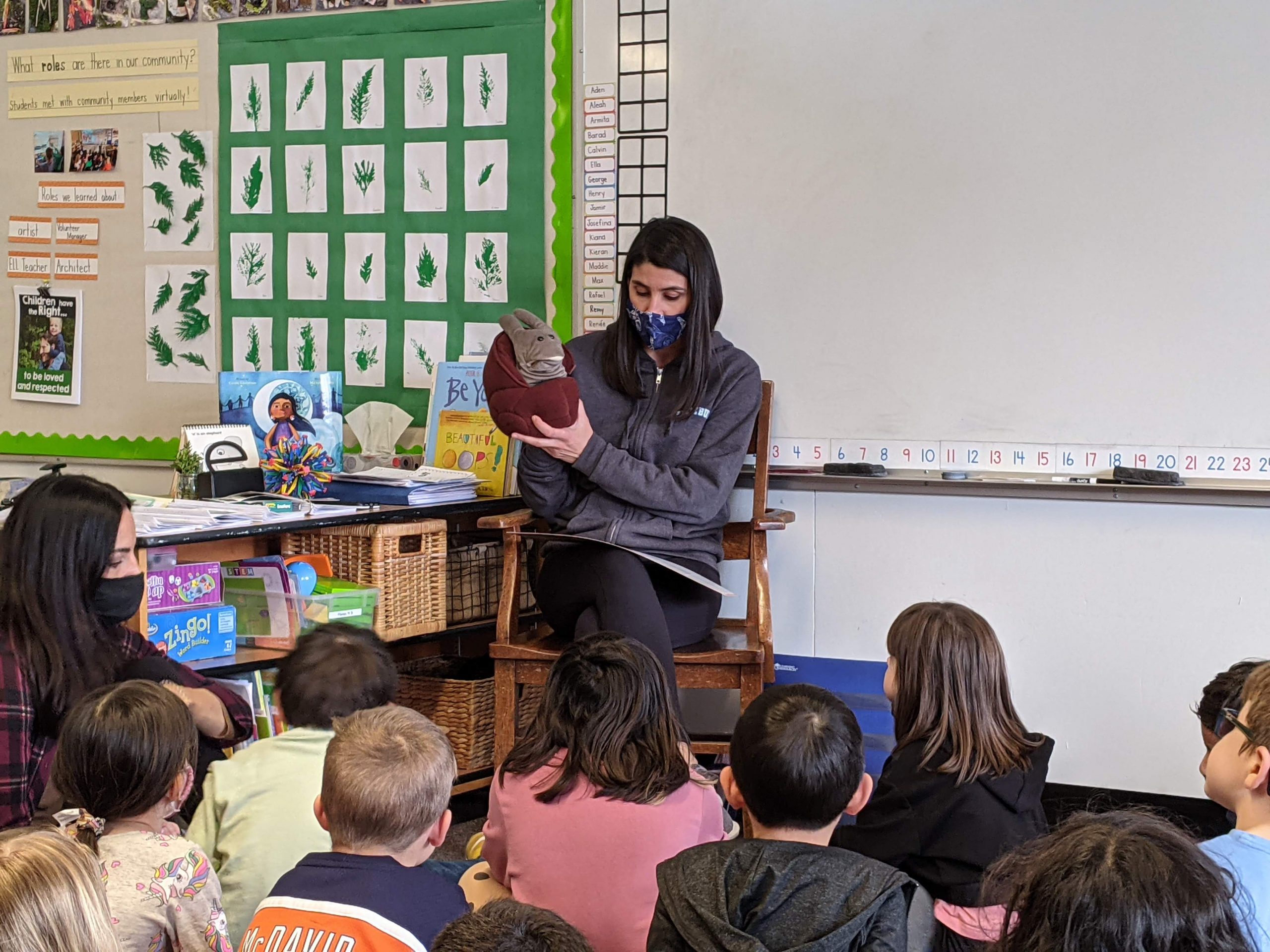In her 2019 book “Kids These Days”, Dr. Jody Carrington reminds her readers of the importance of connection. Her audience is teachers, but I think the world would be a better place if all members of a community took her words to heart;
“A relationship with the one you are trying to teach, lead or love, is where all the power lies….connection before direction.”
Relationships are built on trust, and when we don’t have trust, when we don’t have a connection with each other, we can’t learn from each other.
At Hollyburn, our Framework for Enhancing Student Learning is a three-year school goal focused on developing our connections with ourselves and each other. The goal statement is big, lofty, and to us, could not be more important;
How can promoting a whole school focus on Social Emotional Learning lead to students feeling like school is a place where they belong, feel successful, experience positive relationships, and develop a sense of self-worth and optimism for the future?
Because we believe that learning flourishes in an environment of trust and connection, we are developing Social Emotional Learning (SEL) programs, shared language, and a school culture that promotes a sense of belonging, encourages positive relationships, and works to develop our understanding of mental health and wellness. Research tells us that SEL programs have improved students’ social-emotional skills, attitudes about self and others, connection to school, positive social behavior, and academic performance; they also reduced students’ conduct problems and emotional distress. In addition, SEL programming improved students’ achievement test scores by 11 to 17 percentile points, indicating that they offer students a practical educational benefit.”[1]
 Recognizing emotions with Second Step in Division 11
Recognizing emotions with Second Step in Division 11
Because we believe in Social Emotional Learning so much, it is an important part of our ongoing work with staff, students, and families alike.
For students, many classrooms are teaching Second Step, a program that helps students to understand their emotions, to self-regulate, solve social problems, and make good decisions. We are also working with Restorative Justice practices to help students understand the benefits of talking through challenges, and correcting wrongs when we make mistakes. We are building out our gardens to be a “chill space” during lunch hours, and every month we learn about a new virtue connected to SEL. This month, during Mindful May, we learn a new strategy every day for curbing impulsive behavior and settling our emotions during times of frustration.
 Division 4 is planting Indigenous Plants in our garden “Chill Space”
Division 4 is planting Indigenous Plants in our garden “Chill Space”
Teachers are participating in book clubs, professional development opportunities, and working collaboratively to understand and evaluate Mental Health and Wellness in our classrooms. Our HPAC has provided opportunities for parents, such as last month’s Refuel Wellness seminar that helped parents develop strategies to create a calm and peaceful home environment.
Working toward our goal statement is a process without an end. We will continue to refine our work in partnership with our community members each year. As we learn more about Social Emotional Learning, we will continue to share with our families the ways in which we are succeeding in developing those connections, and building trusting relationships at Hollyburn.
[1] Payton, J., Weisberg, et. al., (2008). The positive impact of social and emotional learning for kindergarten to eighth-grade students: Findings from three scientific reviews. CASEL.

Recent Comments